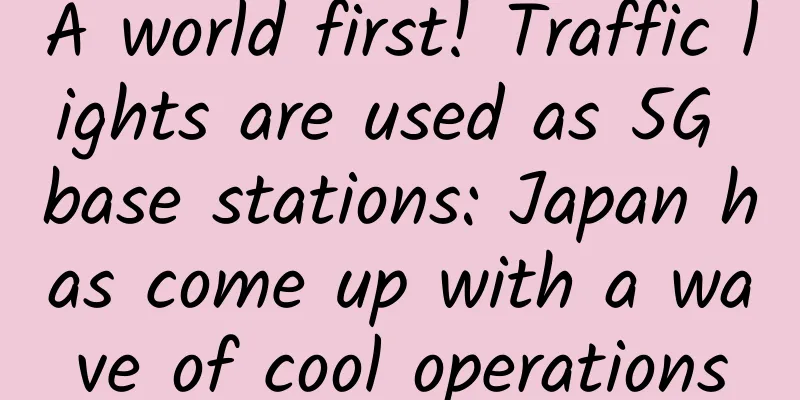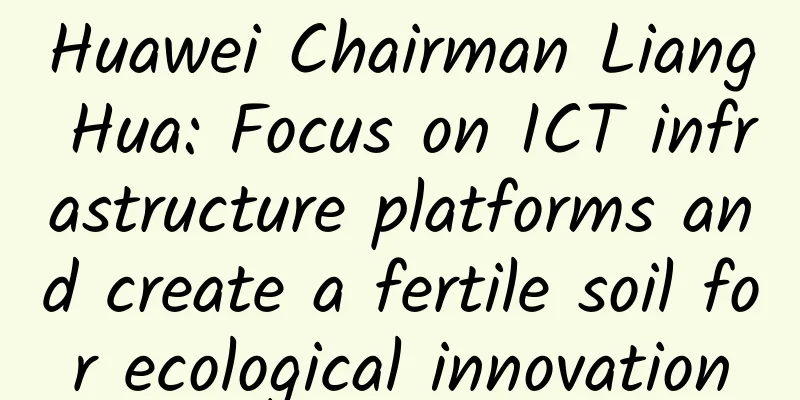A world first! Traffic lights are used as 5G base stations: Japan has come up with a wave of cool operations

|
The small signal coverage range of 5G base stations is one of the problems that need to be faced in the application of 5G technology. According to current reports, its ideal coverage range in densely populated cities is only about 250 meters, which means that the number and density of 5G base stations will increase exponentially compared to 4G. It is conceivable that when 5G base stations are fully deployed, every corner of our lives will be filled with base stations. Therefore, how to efficiently use existing equipment and not add too much to save resources and costs is an issue that technicians need to consider urgently. From the perspective of 5G applications, the coverage of 5G base stations is mainly affected by the height of the base stations and the building density. Based on this feature, the Japanese government came up with the idea of traffic lights.
According to foreign media reports, the Japanese government plans to use traffic lights as base stations for the next-generation communication standard "5G", and held a meeting of relevant government departments on the 2nd of this month. The Japanese government plans to start actual verification in 2020, and may roll out all of them in Japan as early as 2023. In addition to its own use, the Japanese government will also establish standard specifications and strive to export them overseas. Some netizens on Weibo suggested that the use of traffic lights as 5G base stations is not the first in Japan, and my country has also proposed such methods. However, we need to realize that this time Japan is applying it in national units, which is indeed the first in the world. Although Japan is ahead in this regard, we should not be discouraged. Once a method is proposed, it is not as simple as just executing it immediately. Using traffic lights as 5G base stations will face many problems such as maintenance costs, construction costs and signal quality. In any case, Japan's use of traffic lights as 5G base stations has set a good example for us. In this regard, we also believe that the wisdom of the Chinese people is infinite. We can create much more than just leading in 5G technology. |
<<: Comparative Analysis of Kubernetes Network Plugins (Flannel, Calico, Weave)
>>: Getting to the bottom of HTTP and WebSocket protocols
Recommend
Screen unlocking technology + 48MP ultra-wide-angle AI triple camera, Huawei Enjoy 10S in-depth review
I don’t know when it started, but when people men...
WiFi signal is strong but speed is slow? Here’s how to fix it!
The company's wireless WiFi signal is strong,...
How 5G helps IoT in healthcare
At a time when demand for healthcare services is ...
API Gateway: Layer 8 Network
An API is a set of rules that govern the exchange...
Akamai Launches Prolexic Network Cloud Firewall
April 25, 2023 – Akamai Technologies, Inc. (Akama...
ZJI newly launched Korean BGP+CN2 server, 20% off monthly payment starting from 440 yuan
ZJI has launched a new product! The business is a...
In which industries can blockchain be applied?
In recent years, blockchain technology has become...
China Mobile: All new mobile terminals must support 700MHz from October 1
At the launch ceremony of China Mobile's 2021...
NTT and Cisco jointly provide hybrid office solutions to lay the foundation for the future of work
We are entering a new normal in the way we work. ...
"No products, no discounts, no sales" Huawei's new "knowledgeable" approach
Not long ago, an online experience store with &qu...
OneTechCloud: 30% off all VPS monthly payments starting from 19 yuan/month, Hong Kong CN2&CMI/US CN2 GIA&9929/high defense optional
OneTechCloud has launched a Spring Festival promo...
Distinguish between fat AP and thin AP, full WiFi signal coverage will be easy
Wireless AP is an access point for users who use ...
China's 4G is a global sensation! Two figures tell the whole story
The press conference on the major project "N...
Another major accident breaks out. How to solve the 5G network security dilemma?
The frequent outbreaks of cybersecurity incidents...
Unleashing the potential of 5G: 5G millimeter wave enters the commercial sprint stage
2021 is the year when 5G will be popularized at a...

![[6.18] UCloud Kuaijie cloud server starts from 5 yuan, COM domain name starts from 20 yuan, 100GB CDN traffic package starts from 1 yuan](/upload/images/67cac33114e29.webp)







